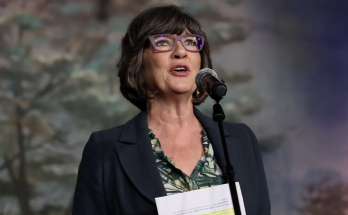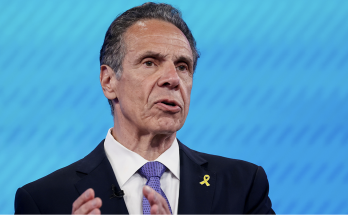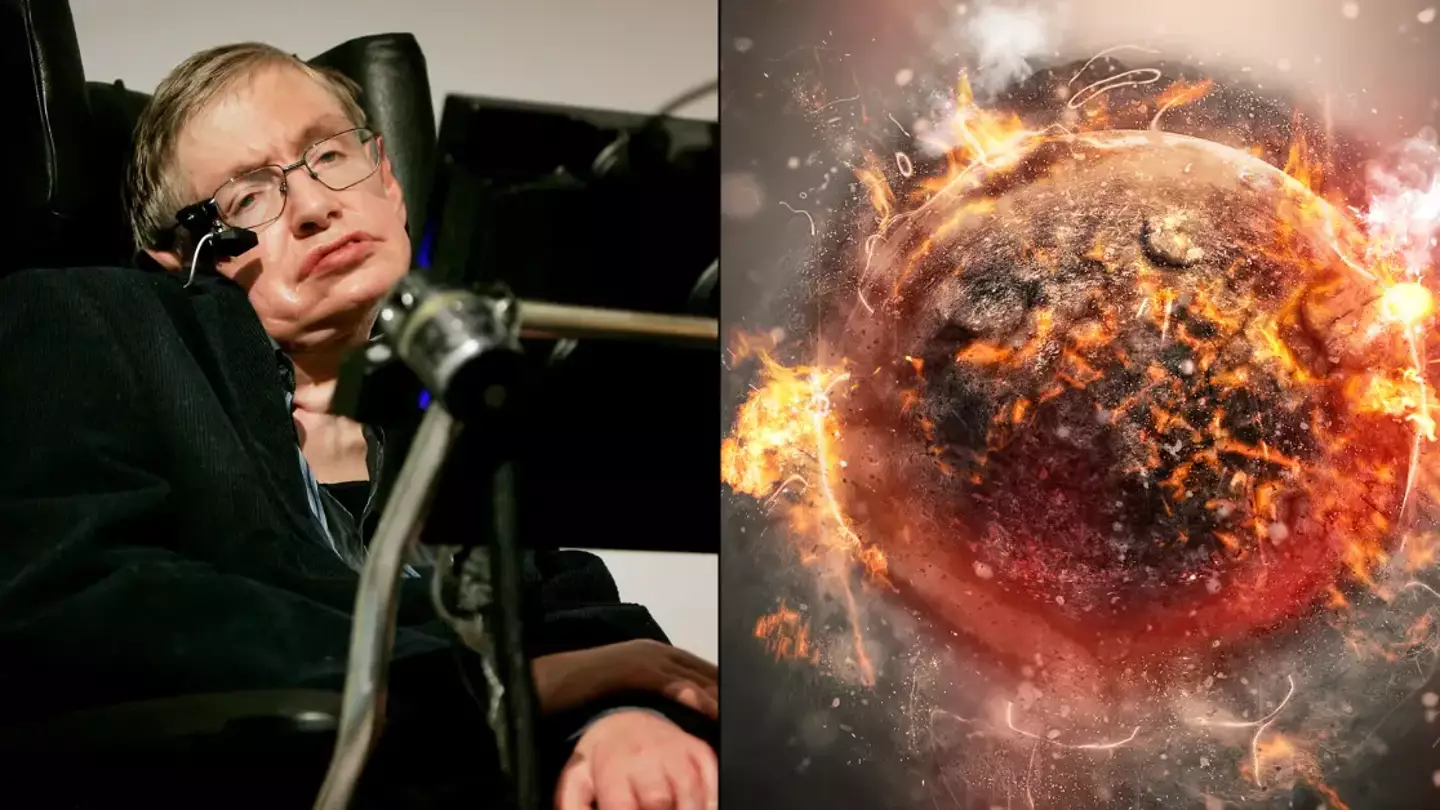
The late Stephen Hawking thought the world was going to end sooner than we might think.
It’s a grim subject to consider on a Tuesday morning, but here we are.
One of the most famous scientists of all time once made a damning statement about our future if we continue on our current trajectory.
Hawking was no stranger to setting predictions about our future, though this stands as one of his most famous, as he gave us a year to look out for.
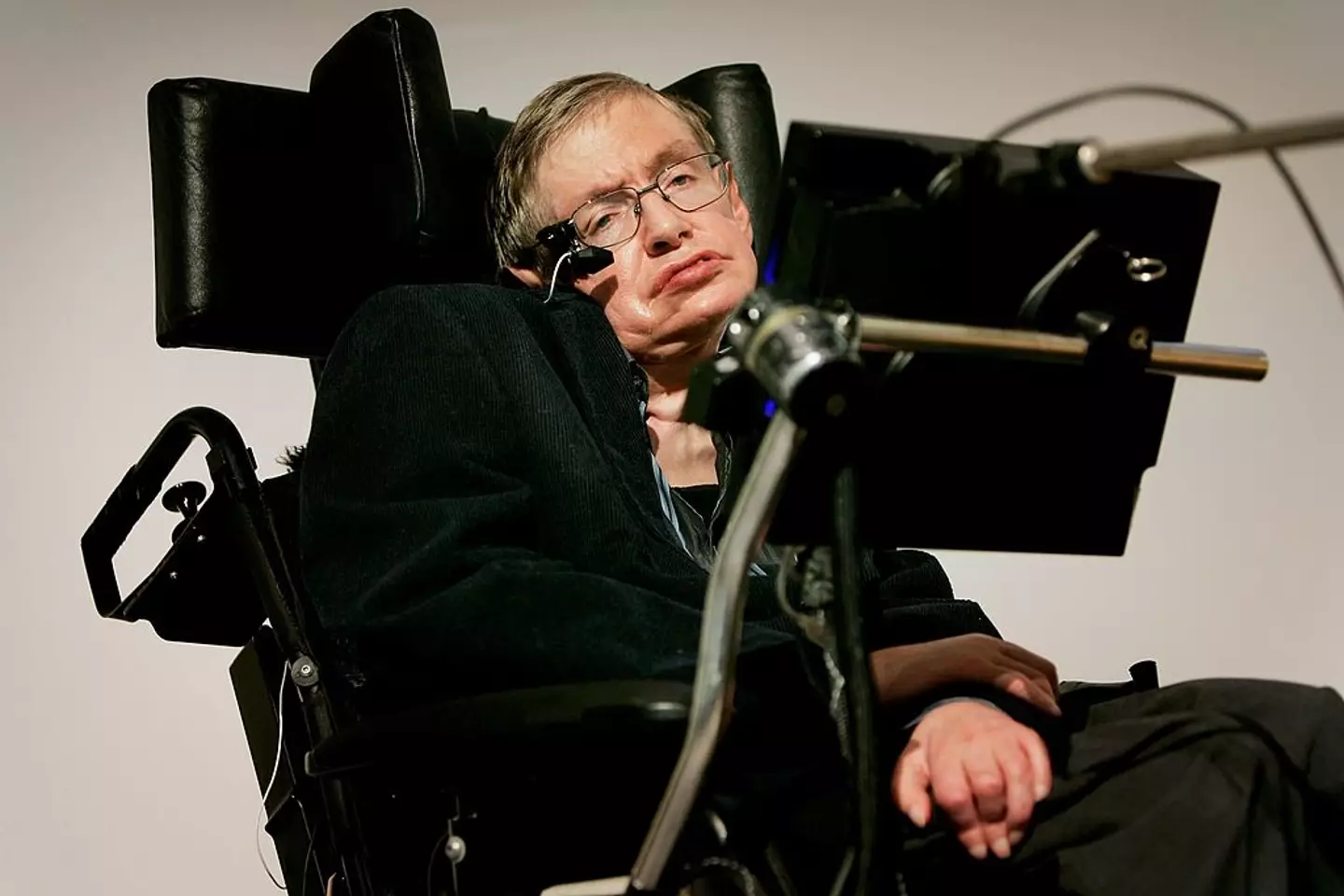
His prediction about our future was harrowing (Bruno Vincent/Getty Images)
The famous physicist and author of The Theory of Everything foresaw a grim scenario for us in just under 600 years.
Prior to his passing back in 2018, he explained that factors such a population growth and energy consumption could transform the Earth into a ‘giant ball of fire’, unless we changed something.
The former University of Cambridge mathematician explained his prediction of our impending doom at the Tencent WE Summit in November, 2017, as he revealed that the world’s population up to that point was doubling every 40 years.
He explained: “This exponential growth cannot continue into the next millennium,
“By the year 2600, the world’s population would be standing shoulder to shoulder, and the electricity consumption would make the Earth glow red-hot.
“This is untenable,” Hawking said in his computer-generated voice.
It has recently been reported Hawking’s chilling claims have been backed up by NASA, though they have since denied this, as a spokesperson highlighted to Newsweek: “NASA has not made this claim.”
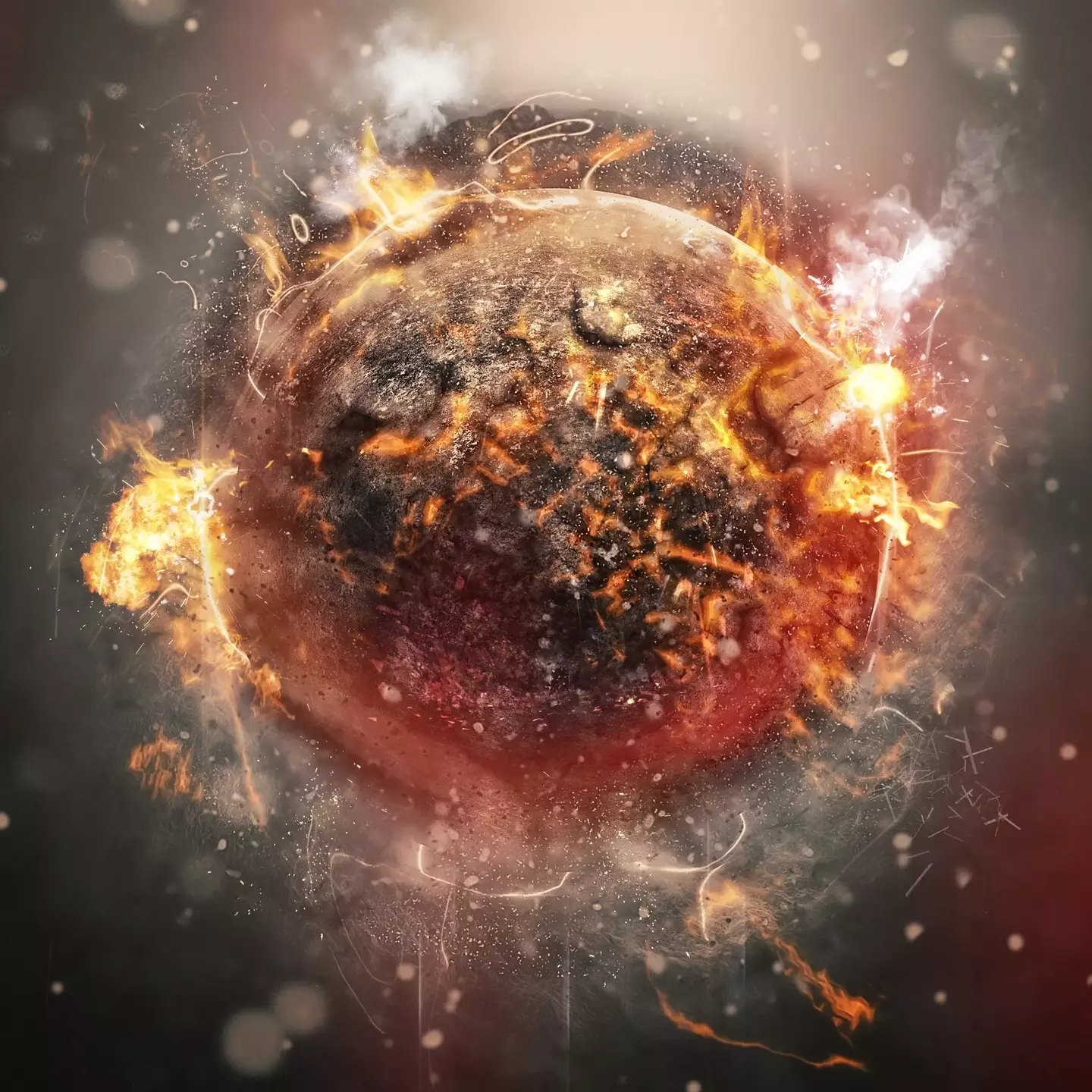
Come 2600, Hawking believes that Earth could look something like this (Getty Stock Photo)
The space agency are worried about global threats to humanity though, adding: “For more than 50 years, NASA has studied our home planet, providing information to directly benefit humanity and producing observations that can only be gathered in space that address some of the areas that Hawking mentioned.”
So, is it too late to make a change?
Hawking had previously explained to the BBC in 2016: “Although the chance of a disaster to planet Earth in a given year may be quite low, it adds up over time and becomes a near certainty in the next thousand or 10,000 years.”
He attributed this prediction to global warming, climate change and the greenhouse effect as the main causes of bringing Earth to its demise.
In the years since, it doesn’t look like humanity has changed much in these departments.
The end of the world may actually be closer than previously predicted, as Hawking also pointed towards nuclear war, artificial intelligence and pandemics as existential threats.
Two down, one to go.
Featured Image Credit: Bruno Vincent/Getty Images / Getty Stock Photo
Topics: Stephen Hawking, Global Warming, Science

This article contains affiliate links and LADbible Group might make a commission on anything purchased.
Hair loss is something that comes to us all, whether we like it or not.
And although we may not be able to fight nature’s calling, there are a few things we can do to slow down the rate at which our hairline is receding.
Hundreds of men are raving about a new hair product that promises to deliver stronger and thicker hair.
The serum has already garnered five-star reviews online with customers noting thicker hair and reduced hair loss.
“My hair is thicker and hair loss is at almost zero after using two bottles in less than a month,” one happy customer wrote. “I use the serum at least three times a day and I’m very pleased with the result.”
A second customer commented, “After just a few weeks of consistent use, I’m seeing real progress in hair growth.”
There are even a few ‘before’ and ‘after’ photographs from proud owners of the product online.

Amazon/The Product King

Amazon/The Product King
One man says he gave the product to his adult son to try as he was suffering from hair loss: “He loves it. His head feels invigorated and his dandruff has gone as well. He has said that there is definitely less hair in his comb these days. So, it’s looking promising.”
Another agreed, adding: “While using this I feel like I’ve got lots of little baby hairs peeking through in the areas that were thinning out so I’m really pleased.”
The product in question is from Mancave, a brand renowned for its high-quality skin and haircare products and it’s safe to say people are pretty excited about the latest launch, which says results can be achieved in just ’30 days’.
Here’s everything we know about the cult product, from reviews to the price.
What are the ingredients?
According to the brand, its Caffeine+ Scalp Serum is an innovative formula designed to energise the scalp, promote hair growth, and strengthen roots.
The hero ingredient is one that helps us all to feel energised on a morning: caffeine. It seems to have the ability to wake up the scalp too, as it’s designed to stimulate and boost circulation – ensuring hair follicles have the nutrients they need to thrive.

ManCave
Other big ingredients worth a shout-out include niacinamide (known for hydrating the skin) and rosemary oil (renowned for promoting hair growth).
But it’s not just hair growth men are after. The product is also built to strengthen existing hair which is important to prevent breakage and further hair loss.
Proudly natural, the product is also free from sulphates and parabens, chemicals known to cause irritation.
How to use the Caffeine+ Scalp Serum
- You need to start with a clean scalp so we recommend shampooing and conditioning your hair before applying the serum.
- Apply between five to 10 drops of the Caffeine+ Scalp Serum directly to your scalp.
- Gently massage the serum into your scalp using circular motions.
- Leave the serum to do its thing.
- Use daily for best results.
Does it work?
In a recent customer trial involving 116 respondents over a 30-day period, the Caffeine+ Scalp Serum proved to be effective. Participants reported a ‘noticeable reduction in hair fall’, minimal dandruff, less scalp irritation, and more volume.
Where can I buy it?
The Caffeine+ Scalp Serum is available from the Mancave website for £15, or you can subscribe and get 30% off – T&C’s apply.
Featured Image Credit: Amazon/The Product King
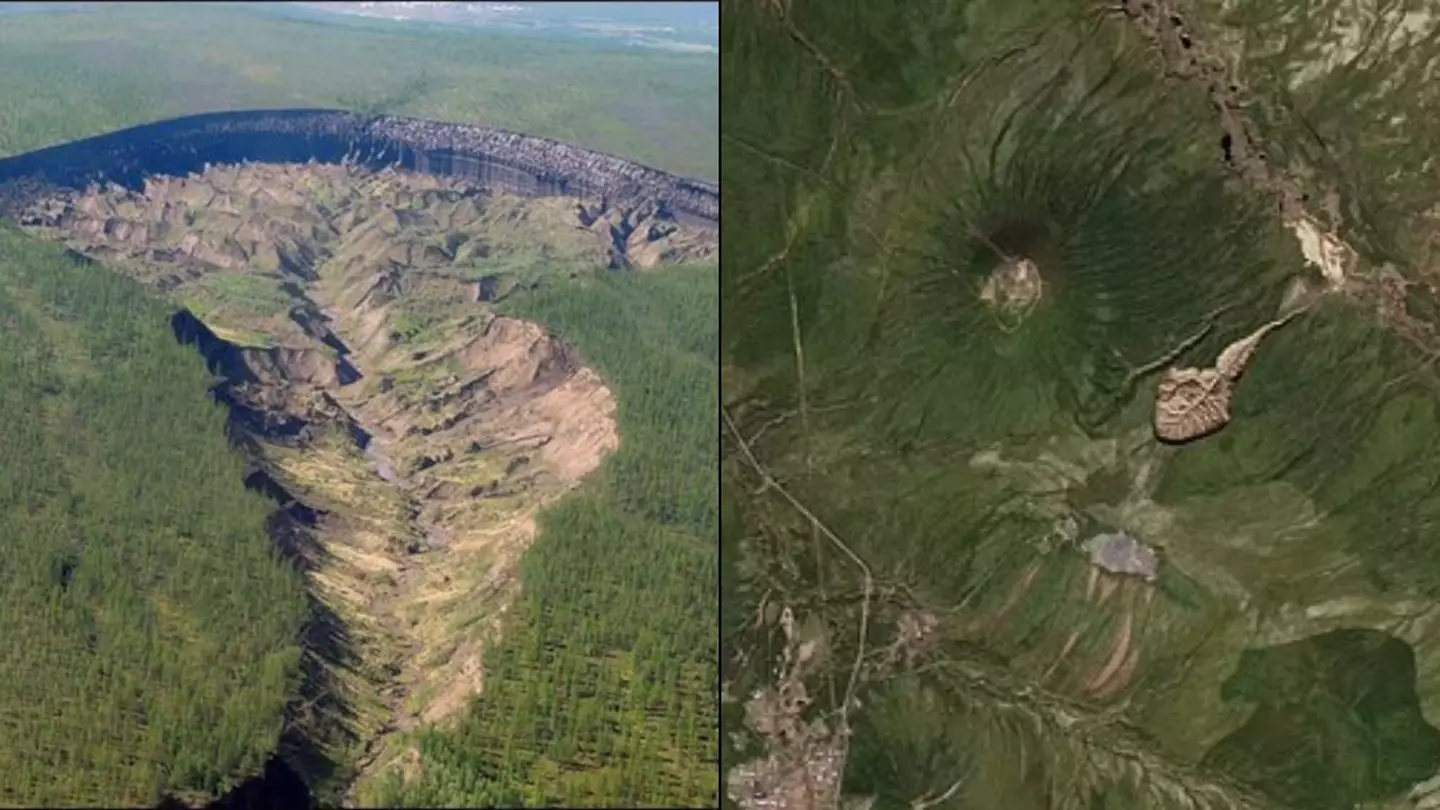
A pit known as the ‘Gateway to Hell’ has been revealed to be expanding rapidly by scientists.
And it’s not looking good for the environment on our blue planet.
The ‘Gateway to Hell’ – also known as the ‘Batagaika Crater’ – is located in the Yana highlands of Siberia and is said to be the largest of its kind.
It’s about 200 acres wide and 300 feet deep but is growing at a concerning rate.
So, here’s the science behind it.
The pit first formed when something called ‘permafrost’ soil in the Siberian tundra started to release large amounts of previously frozen methane into Earth’s atmosphere.
You may know methane as one of the gases we let out when we fart, but it is something a lot more serious in larger amounts. It is a powerful greenhouse gas – more powerful and harmful than carbon dioxide.
New research found that as the crater continues to deepen, the amount of methane and carbon gases released into the atmosphere has reached between 4,000 and 5,000 tonnes each year.
David Attenborough was right, the world we live in might be in trouble.
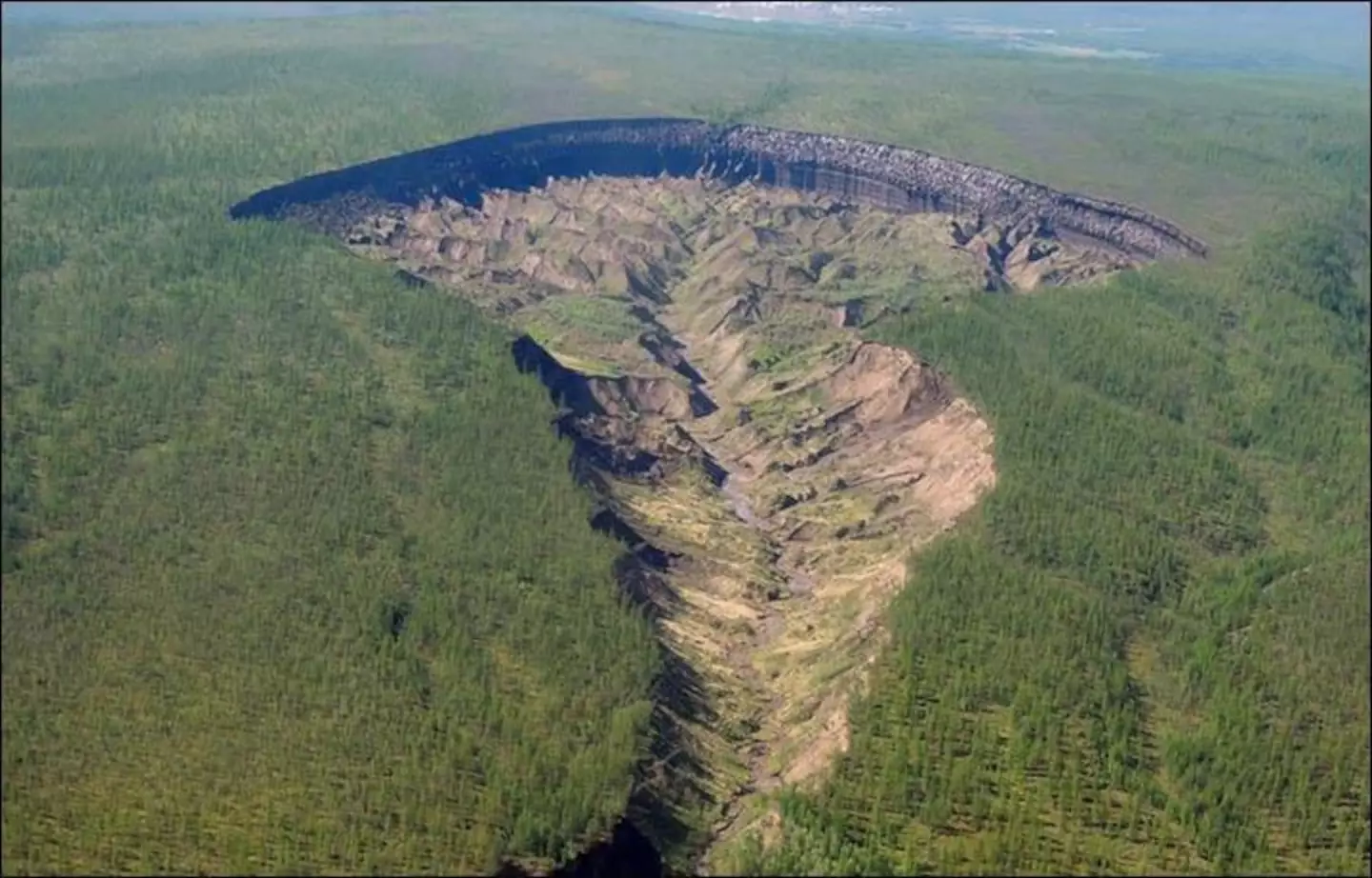
The pit continues to grow. (Alexander Gabyshev, Research Institute Of Applied Ecology Of The North)
According to the study’s lead author, the findings ‘demonstrates how quickly permafrost degradation occurs.’
Glaciologist Alexander Kizyakov is the man in question and has warned that the crater could soon leak all the remaining greenhouse gas it has left contained.
Working with 12 other researchers on the new study, which was published last month in the Geomorphology journal, they found that the crater has nearly reached bedrock, meaning we’re almost at the end of the pit’s downwards growth.
However, the professor at Lomonosov Moscow State University in Russia said that this doesn’t mean it’s done expanding.
“Expansion along the margins and upslope is expected,” he told Atlas Obscura.
“This lateral expansion is also limited by the proximity of bedrock, the top of which apparently rises to the saddle between the nearest mountains about 550 meters [1805 feet] uphill.”
Seeing as you can already see the ‘Gateway to Hell’ from space, signs that it is set to grow and cause more harm to the planet are not ideal.
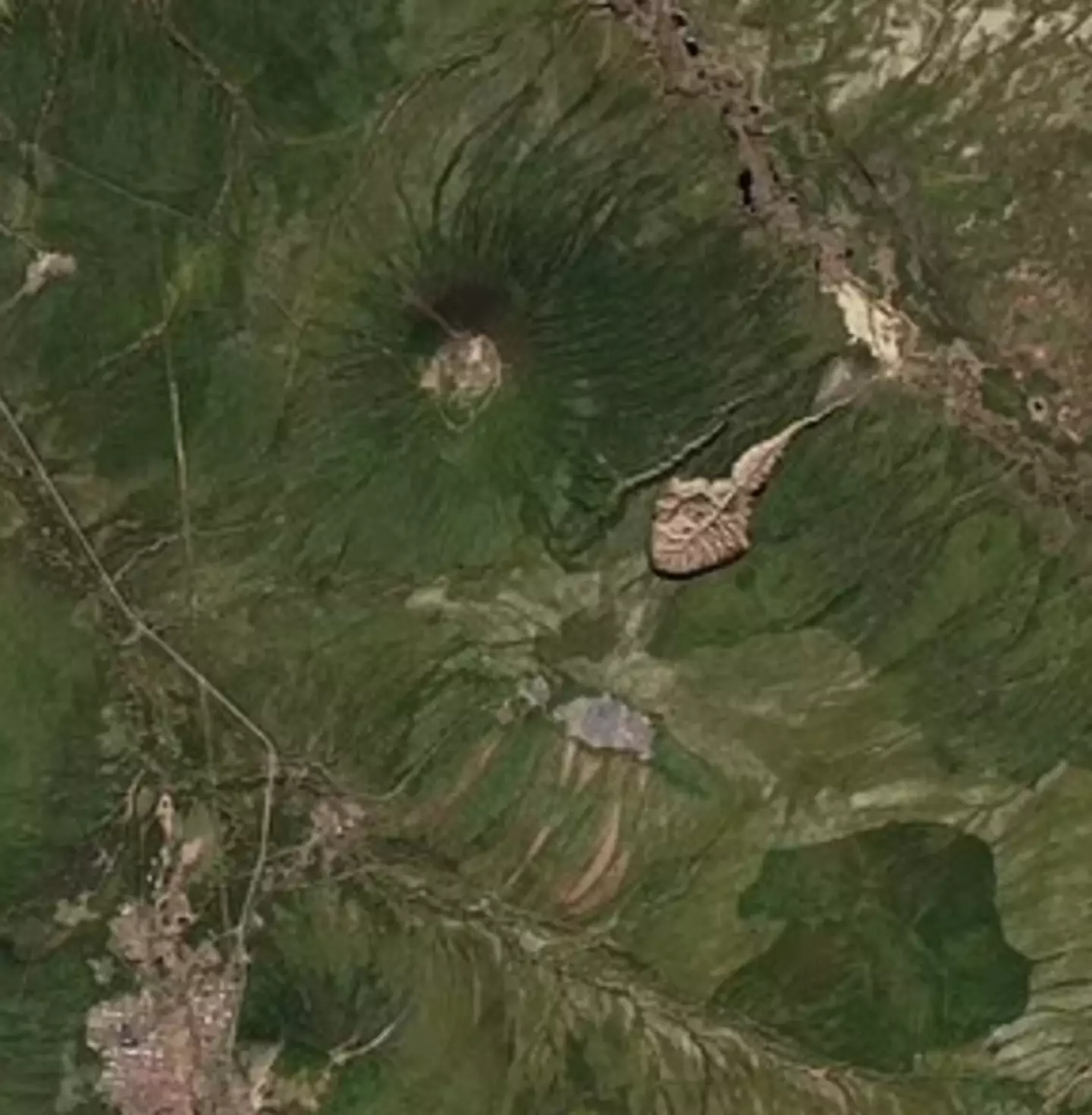
The pit is visible from space, and is set to get even bigger. (NASA)
The research team developed a 3D model of how the icy permafrost has given way in the past few decades, using data from several independent sources.
Data collected from satellites and drone flights were combined with permafrost and soil samples, with all data fed into the computer model.
It helped to predict the next stages of the geological structure and its melting permafrost so they can figure out what materials are being thawed and what is being released into the atmosphere.
Kizyakov spoke about the results to Popular Science, saying that it demonstrates ‘how dynamically the landforms in permafrost areas change’.
Featured Image Credit: Alexander Gabyshev, Research Institute Of Applied Ecology Of The North / NASA
Topics: Environment, Global Warming, Science
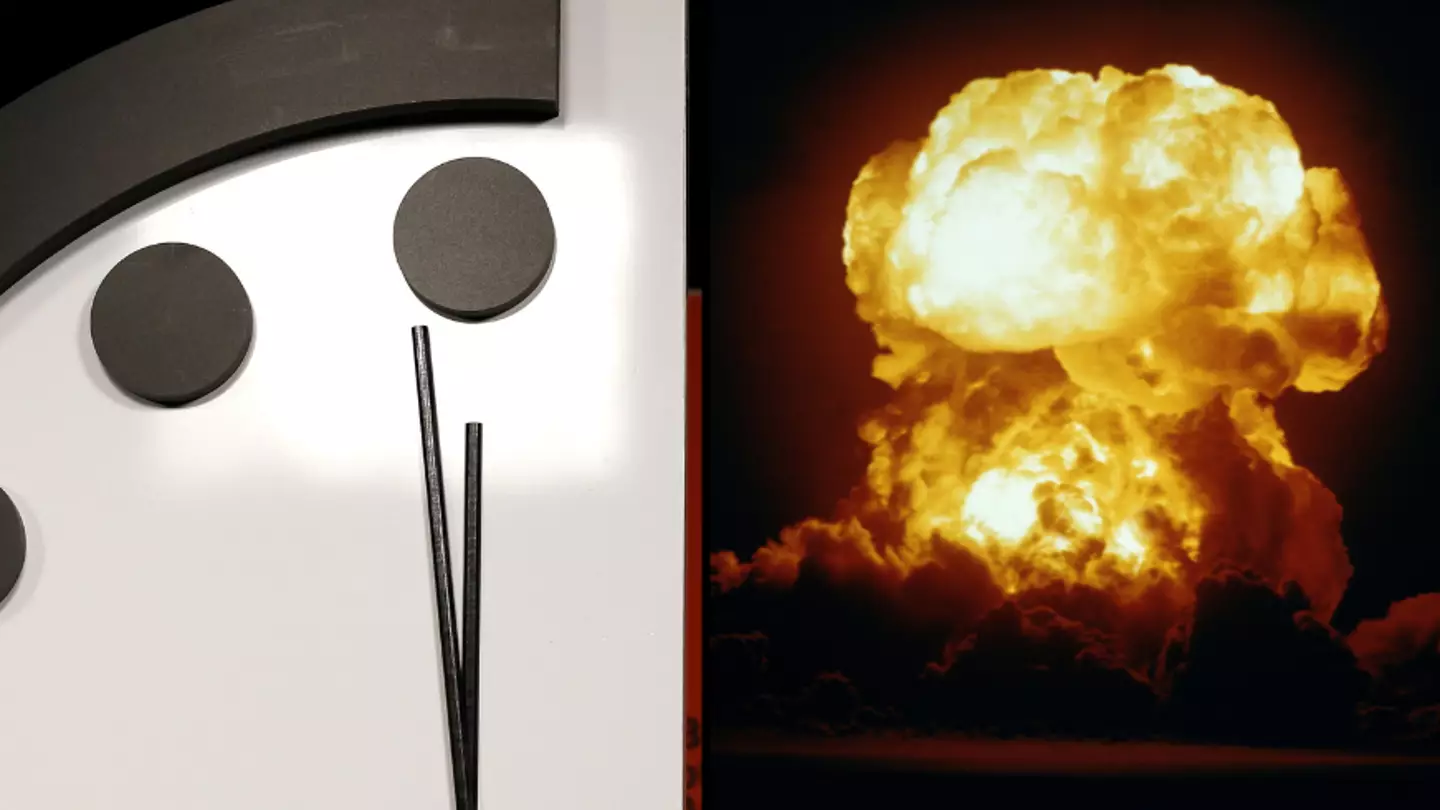
The Doomsday Clock is about to be set for 2024, while it currently stands at the closest to midnight it’s ever been.
For those who aren’t familiar with it, the Doomsday Clock is designed to show just how close humanity is to global catastrophe caused by man-made technologies and this year it’s set to be updated on 23 January.
The clock is intended to serve as a call to action for world governments and at the moment, the clock is currently the closest it’s ever been to midnight – AKA Doomsday – at just 90 seconds away from disaster.
Prior to January 2023, it sat at the previous record of 100 seconds to midnight for two years.
In order to work out the update, The Bulletin of the Atomic Scientists – who set up the clock – ask is humanity safer or at greater risk this year compared to last year, and is humanity at a greater risk than in the past 75 years? If so, the clock has to move.
Speaking last January, The Bulletin of the Atomic Scientists President Rachel Bronson said: “The time on the Doomsday Clock represents the judgement of leading science and security experts about the threat to human existence, with a focus on man-made threats.”
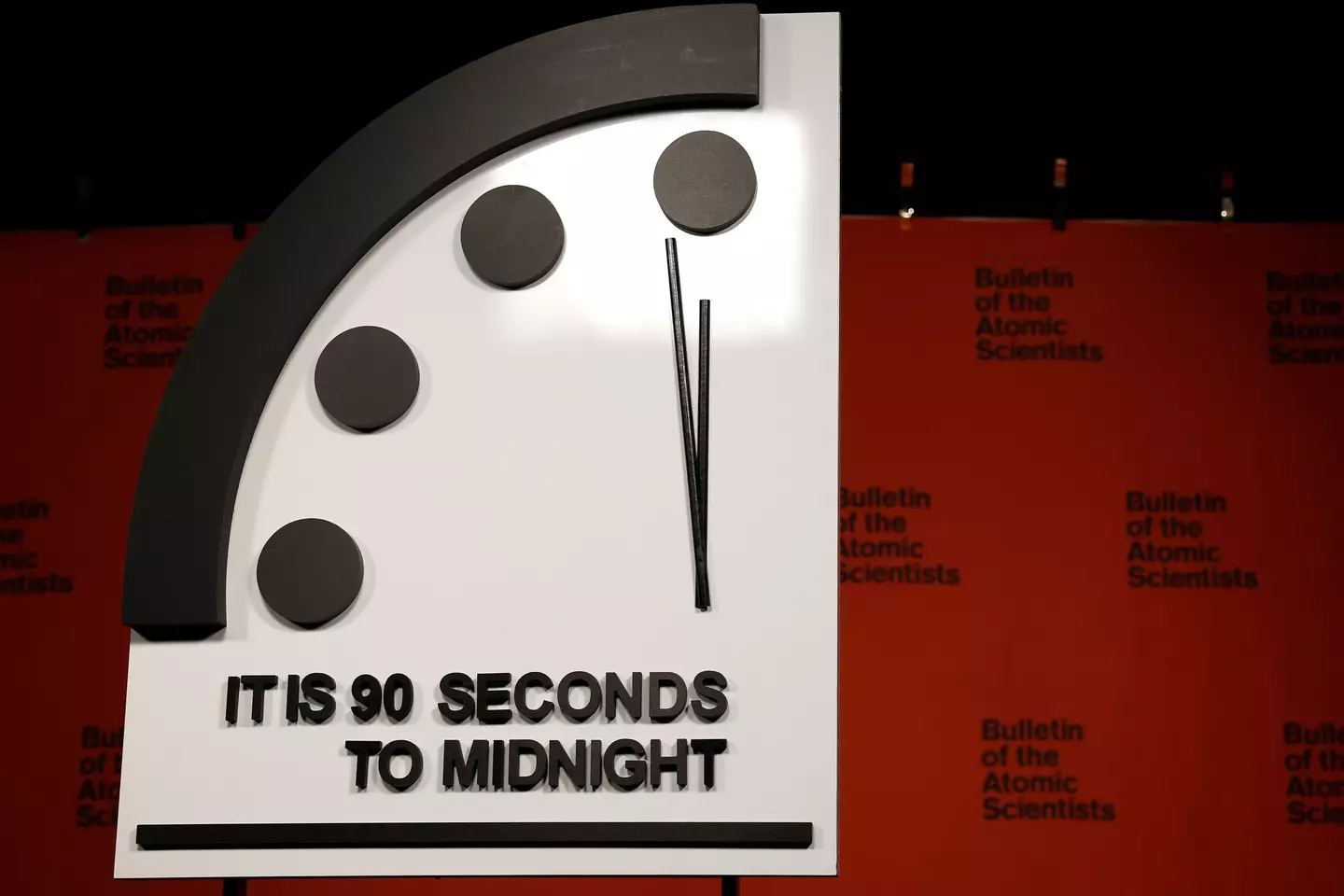
Anna Moneymaker/Getty Images
In a press release, she added: “We are living in a time of unprecedented danger, and the Doomsday Clock time reflects that reality.
“90 seconds to midnight is the closest the Clock has ever been set to midnight, and it’s a decision our experts do not take lightly. The US government, its NATO allies and Ukraine have a multitude of channels for dialogue; we urge leaders to explore all of them to their fullest ability to turn back the Clock.”
Ideally, humanity will avoid reaching midnight, because if it does… well, it’s bad news all ‘round.
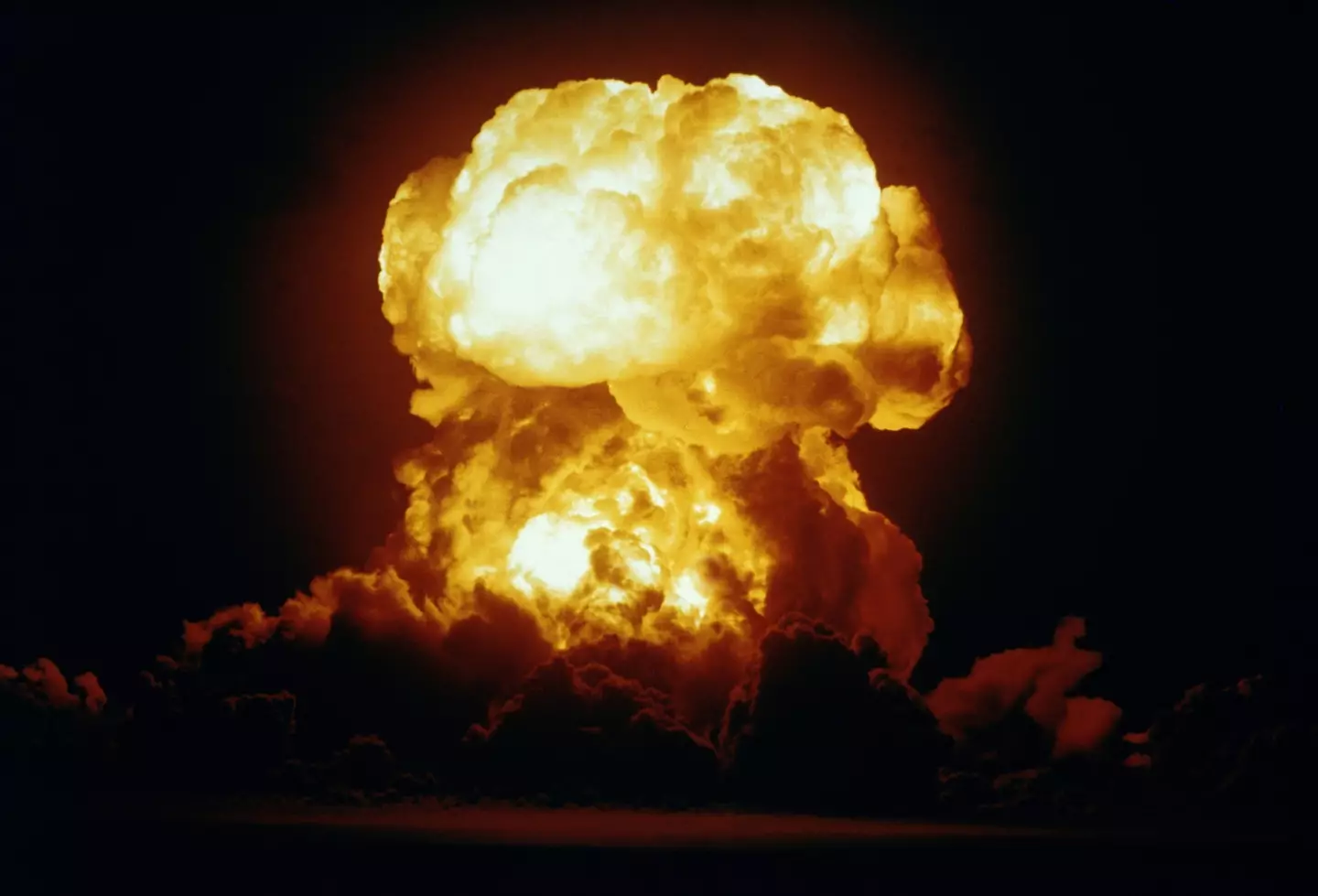
Getty Stock Image
“When the clock is at midnight, that means there’s been some sort of nuclear exchange or catastrophic climate change that’s wiped out humanity. We never really want to get there and we won’t know it when we do,” said Bronson.
The Doomsday Clock is updated every year, usually in January and this year is no exception with an announcement set to be made on 23 January.
Scientist Bill Nye is set to join the team from the Doomsday Clock for the announcement this year.
Of course, the clock can, and has, gone backwards but with conflict ongoing in Ukraine as well as the Israel-Gaza war and let’s not forget about the threats brought about by climate change – it seems unlikely to be the case.
Featured Image Credit: Anna Moneymaker/Getty Images/Getty Stock Image
Topics: World News, Science, Global Warming
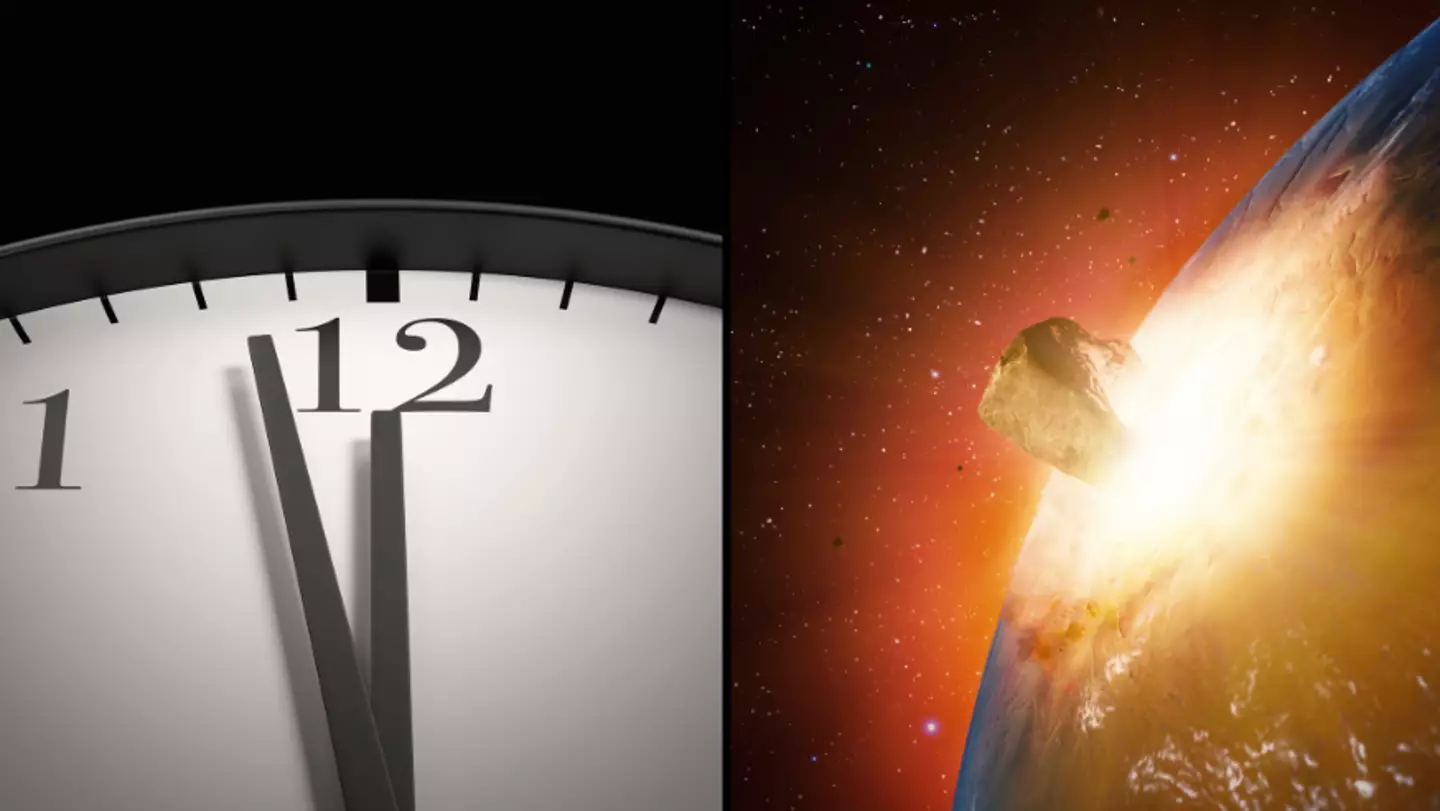
Just like Cinderella was when she lost track of time at the ball, many of us are filled with fear today about what might happen if the clock strikes twelve.
The ‘Doomsday Clock‘, that is. Not the Casio you got for Christmas.
After spending the last 12 months warning we are just 90 seconds away from disaster – the closest it has ever been to midnight – the terrifying timepiece will be reset later today (23 January).
The Bulletin of the Atomic Scientists, who came up with the clock concept, which is supposed to caution the world, say it is a ‘metaphor, logo and brand’ all at once.
Each year, a group of experts meets to assess the past year and what’s currently hitting the headlines.
For instance, it had been 100 seconds to midnight in both 2021 and 2022 until some chilling developments on the world stage forced the hands to creep closer to twelve.
Last January, it was moved to just 90 seconds from disaster, largely due to Vladimir Putin launching his invasion of Ukraine and threatening to unleash a barrage of nuclear weapons.
Many people were hoping that the Doomsday Clock might rewind a bit, but given what has happened over the last few months, it doesn’t seem likely.
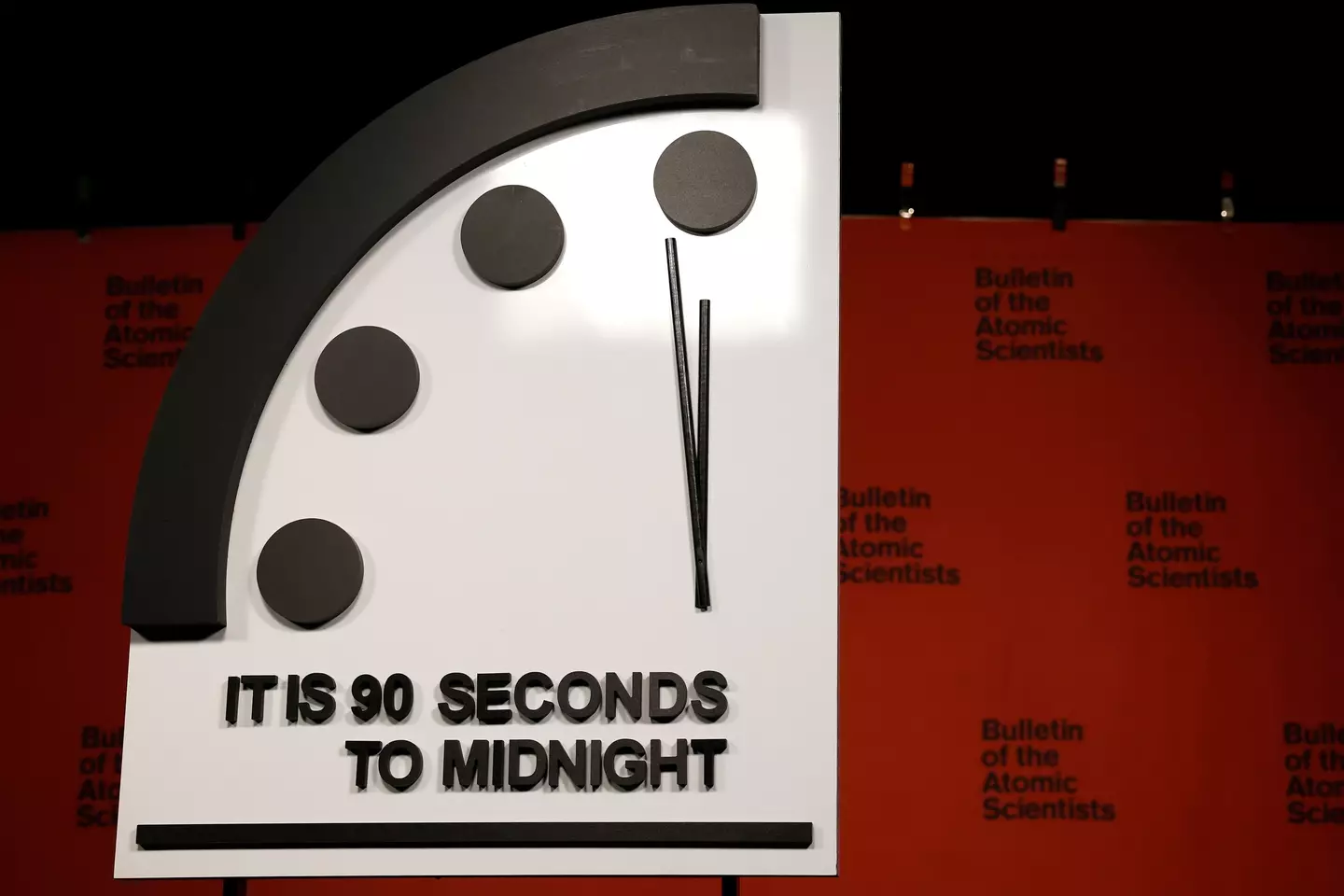
Anna Moneymaker/Getty Images
The purpose of the huge timepiece is to warn people how close we are to ‘destroying our world with dangerous technologies of our own making’ each year and is intended to serve as a call to action for world governments.
And the Bulletin of the Atomic Scientists has told people to ‘pay attention’ to the positioning of their hands this year.
With war still raging in Ukraine, the Israel-Gaza conflict and climate change, it doesn’t look too promising.
But what happens if the Doomsday Clock ends up striking midnight?
Bulletin of the Atomic Scientists president and CEO Rachel Bronson told Metro that the team asks themselves two questions each year when assessing how close the world is to disaster.
She explained, “Is humanity safer or at greater risk this year, compared to last year, when we last set it? “
“And is humanity safer, or at greater risk this year compared to the last 75 plus years?”
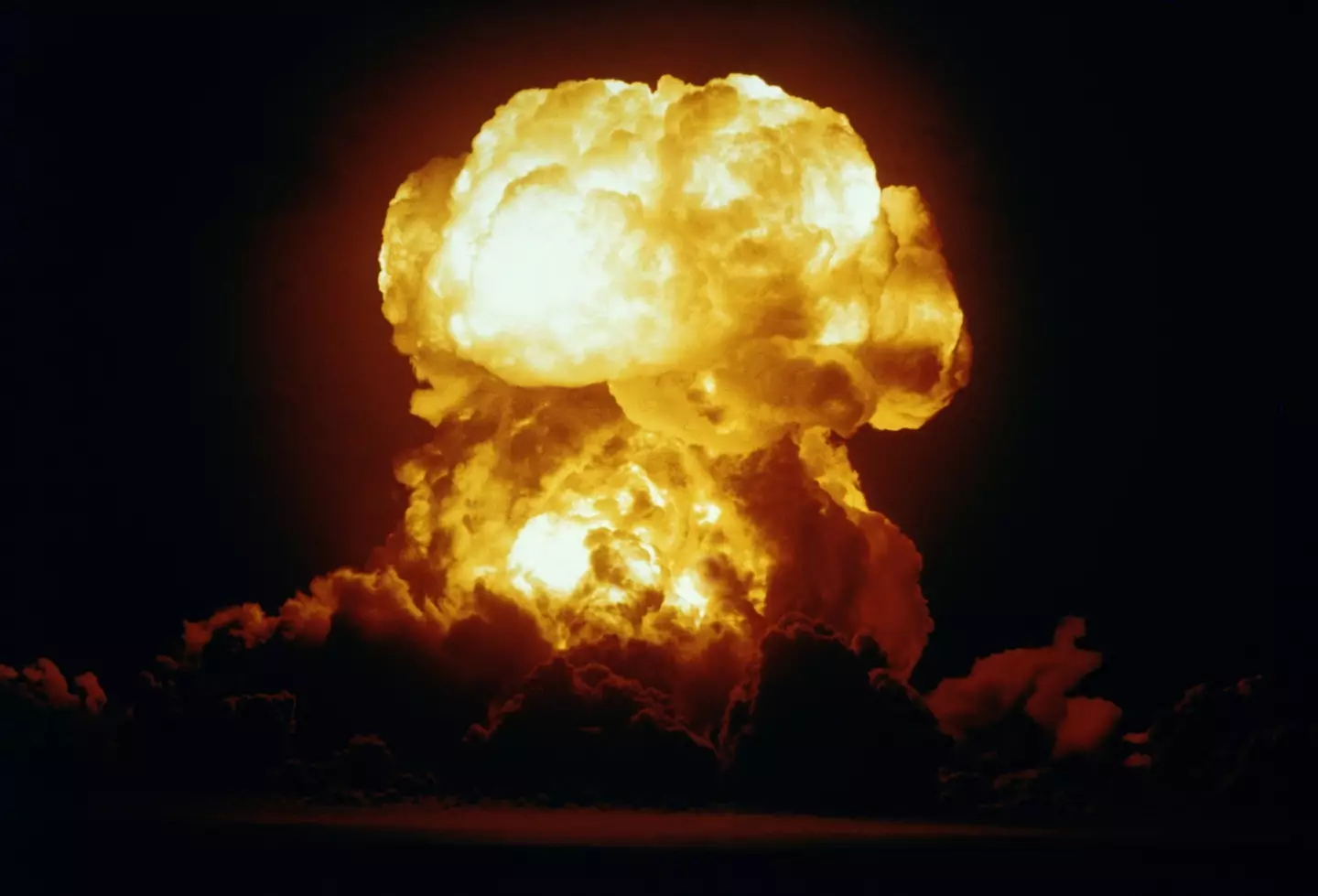
Getty stock photo
Bronson explained they look back at the key events that have caused chaos throughout the last year before deciding on a ‘blunt measure’ – AKA a clock time – to determine how close humanity is to catastrophe.
Rather than sparking panic, the Bulletin want to kickstart conversations between people about the future of our planet – and how we can protect it from harm.
She said many issues are ‘competing for people’s attention’, but they hope people will ‘check back in with them’ to see how to make a difference.
If it does ever strike midnight on the Doomsday Clock, this means mass extinction for humans.
Bronson previously said: “When the clock is at midnight, that means there’s been some sort of nuclear exchange or catastrophic climate change that’s wiped out humanity.
